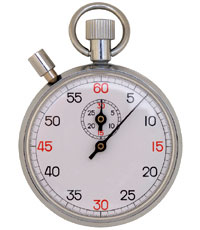


|
In 1906, 800 people attending a fair outside Plymouth, England took part in a competition to guess the weight of an ox. The crowd included butchers and farmers as well as many casual participants who knew little about cattle. Organizers offered prizes for the best estimates, but each contestant had to pay a small fee to participate—two factors that encouraged the group to take their guessing seriously. Most people misjudged the ox's weight by at least 30 pounds, but the crowd as a whole proved remarkably accurate: Its averaged guess came to 1,197 pounds, just one pound less than the animal's actual weight. It was no fluke. This example and others like it illustrate what author James Surowiecki calls the "wisdom of crowds," in which a group's averaged prediction is almost always more accurate than one individual's guess, even if the members of the group haven't discussed their answers with one another. But how does "group intelligence" come into play if the group members aren't allowed to work together on a problem? In general, each crowd member has unique life experiences and background knowledge that can serve as context in making predictions. Because together the group has more information to work with, it can make better choices.—Rima Chaddha One-Minute ExperimentHere's an experiment you can try for yourself. You'll need a pen or pencil, a notebook, a calculator, a stopwatch—and a small group of people:
How did your experiment go? Let us know on our NOVA
scienceNOW discussion board. Or, if you'd rather take part in a
"wisdom-of-crowds" experiment yourself, try Counting Cabs.
Image: (stopwatch) © Steve Dibblee/istockphoto.com |
||||||||||
|
|
|||||||||||
|
© | Created June 2008 |
|||||||||||